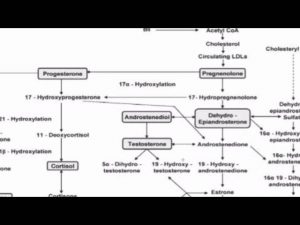Components of the gastrointestinal tract (GI tract) and digestive enzymes. This video is available for instant download licensing here: https://www.alilamedicalmedia.com/-/galleries/narrated-videos-by-topics/anatomy-physiology-basics/-/medias/4fa9b99e-458c-4847-928d-966e40dcf2f6-digestive-system-narrated-animation Voice by: Sue Stern ©Alila Medical Media. All rights reserved. Support us on Patreon and get FREE downloads and other great rewards: patreon.com/AlilaMedicalMedia The digestive system is composed of 2 main components: the gastrointestinal tract, or GI tract, where digestion and absorption take place; and accessory organs which secrete various fluids/enzymes to help with digestion. The GI tract is a continuous chain of organs where food enters at one end and waste gets out from the other. These organs are lined with smooth muscles whose rhythmic contractions generate waves of movement along their walls, known as peristalsis. Peristalsis is the force that propels food down the tract. Digestion is the process of breaking down food into smaller, simpler components, so they can be absorbed by the body. Basically, carbohydrates such as sugars and starch are broken down into glucose, proteins into amino acids, and fat molecules into fatty acids and glycerol. Digestion starts in the oral cavity where the food is moistened with saliva and chewed, food bolus is formed to facilitate swallowing. Saliva is secreted by the salivary glands and contains the enzyme amylase. Amylase breaks down starch into maltose and dextrin which are processed further in the small intestine. The food bolus is propelled down the esophagus into the stomach, the major organ of the GI tract. The stomach produces gastric juice containing pepsin, a protease, and hydrochloric acid which act to digest proteins. At the same time, mechanical churning is performed by muscular contraction of the stomach wall. The result is the formation of chyme, a semi-liquid mass of partially digested food. Chyme is stored in the stomach and is slowly released into the first part of the small intestine, the duodenum. The duodenum receives the following digestive enzymes from accessory organs: – Bile, produced in the liver and stored in the gallbladder; bile emulsifies fats and makes it easier for lipases to break them down. – Pancreatic juice from the pancreas. This mixture contains proteases, lipases and amylase, and plays major role in digestion of proteins and fats. The small intestine also produces its own enzymes: peptidases, sucrase, lactase, and maltase. Intestinal enzymes contribute mainly to the hydrolysis of polysaccharides. The small intestine is where most of digestion and absorption take place. The walls of the small intestine absorb the digested nutrients into the bloodstream, which in turn delivers them to the rest of the body. In the small intestine, the chyme moves more slowly allowing time for thorough digestion and absorption. This is made possible by segmentation contractions of the circular muscles in the intestinal walls. Segmentation contractions move chyme in both directions. This allows a better mixing with digestive juices and a longer contact time with the intestinal walls. The large intestine converts digested left-over into feces. It absorbs water and any remaining nutrients. The bacteria of the colon, known as gut flora, can break down substances in the chyme that are not digestible by the human digestive system. Bacterial fermentation produces various vitamins that are absorbed through the walls of the colon. The semi-solid fecal matter is then stored in the r. until it can be pushed out from the body during a bowel movement. All images/videos by Alila Medical Media are for information purposes ONLY and are NOT intended to replace professional medical advice, diagnosis or treatment. Always seek the advice of a qualified healthcare provider with any questions you may have regarding a medical condition.

Physiology Basics: the Digestive System, Animation
- Post author:
- Post published:May 5, 2021
- Post category:Uncategorized
- Post comments:0 Comments
You Might Also Like
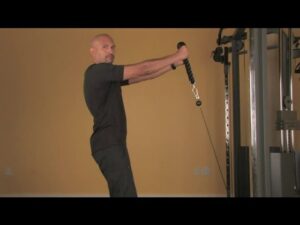
Deltoid Front Raises-3
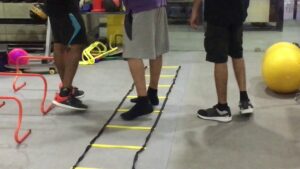
Geriatric Physiotherapy Video – 3
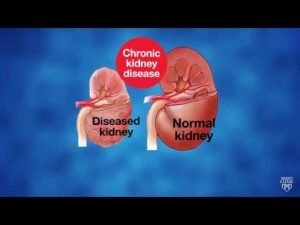
Mayo Clinic Minute: Innovative research to fight kidney disease

Shockwave Therapy for Erectile Dysfunction Demonstrated and Reviewed

Childhood Nutrition Video 2
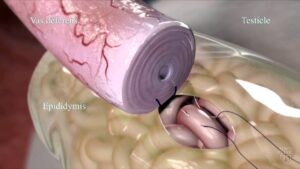
Sex Change Surgeries Video – 1
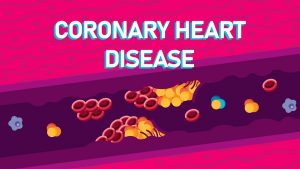
What Happens During A Heart Attack? – What is Coronary Heart Disease?
Spa Resort Video – 2
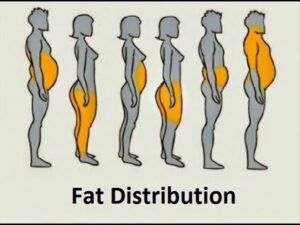
What is testosterone and why it is important
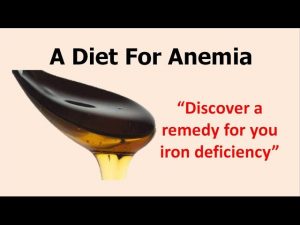
A Diet for Anemia: Treatment of Anemia, Use This Food for Anemia
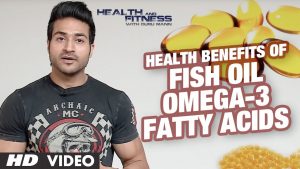
Health Benefits of Fish Oil Omega-3 Fatty Acids | GuruMann
Surgery & Plastic Surgeries
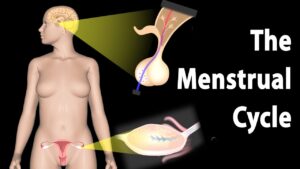
Hormonal Control of the Menstrual Cycle, Animation.

Special Weight Loss Routine Video – 6
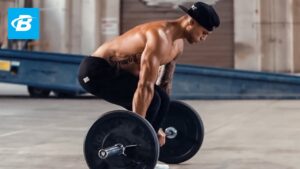
Barbell Deadlift Bent Row Complex | Exercise Guide

Sports Psychiatry Video – 2
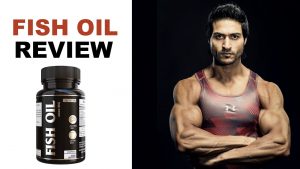
What is Fish Oil? Omega-3 Benefits & Side Effects Review by Guru Mann
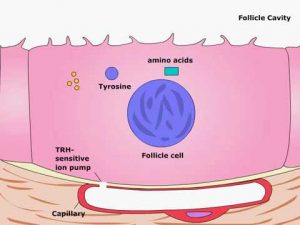
thyroid gland and hormone synthesis

Weight Loss For Beginners 3 “The Supplements Part 1”
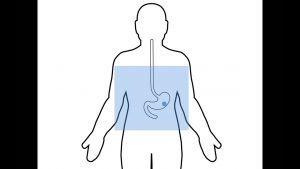
How carbohydrates lead to fat gain: Glucose

Close Grip Triceps Extension-4
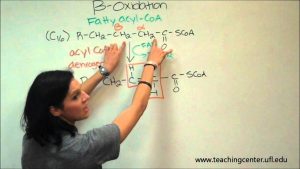
Triglyceride Catabolism
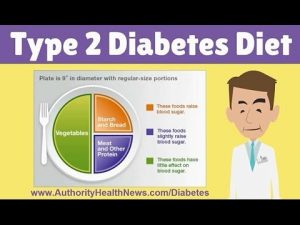
EFFECTIVE Type 2 Diabetes Diet Plan: See Top Foods & Meal Plans to REVERSE Type 2 Diabetes

Health and Exercise Tips – Back Extensions
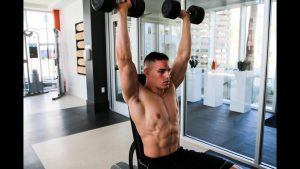
Increase Strength, Power, Muscular Endurance | Lifting with Meyers | Brendan Meyers
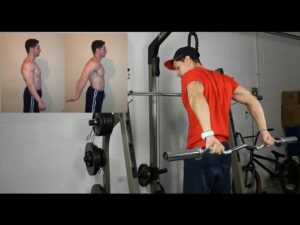
New Rear Delt Exercise You’ve Probably Never Seen
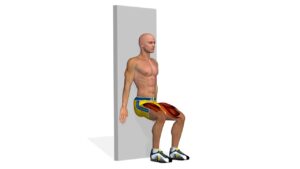
Wall Sit-3
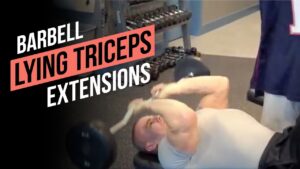
How to Do Barbell Lying Triceps Extensions for Best Results!
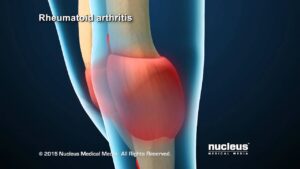
Rheumatology Video – 3

How the Body Works : Female Reproductive Organs

2D Cartoon Animation Echo
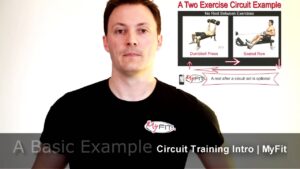
What is Circuit Training? | MyFit (2 Minutes) Examples and More
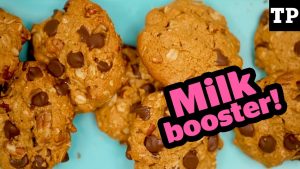
How to make delicious lactation cookies (to help boost your milk supply)

Parkour Video – 3

Antioxidant content of 3,139 foods
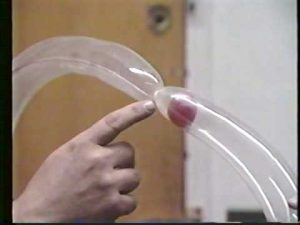
Balloon Angioplasty and Heart Disease: Demo Using Balloons
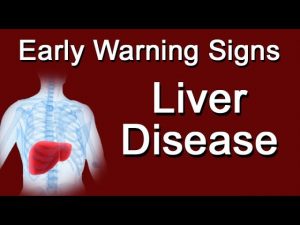
Early Warning Signs Of Liver Disease
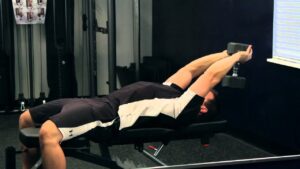
How Do Straight-Arm Dumbbell Pullovers Work the Chest? : Weightlifting & Fitness
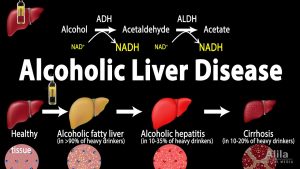
Alcoholic Liver Disease, Animation
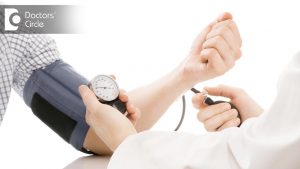
Causes and prevention of High Blood Pressure in young people – Dr. Surekha Tiwari

Human Body, Body Building Muscle Building Anatomy Physiology Video – 46
